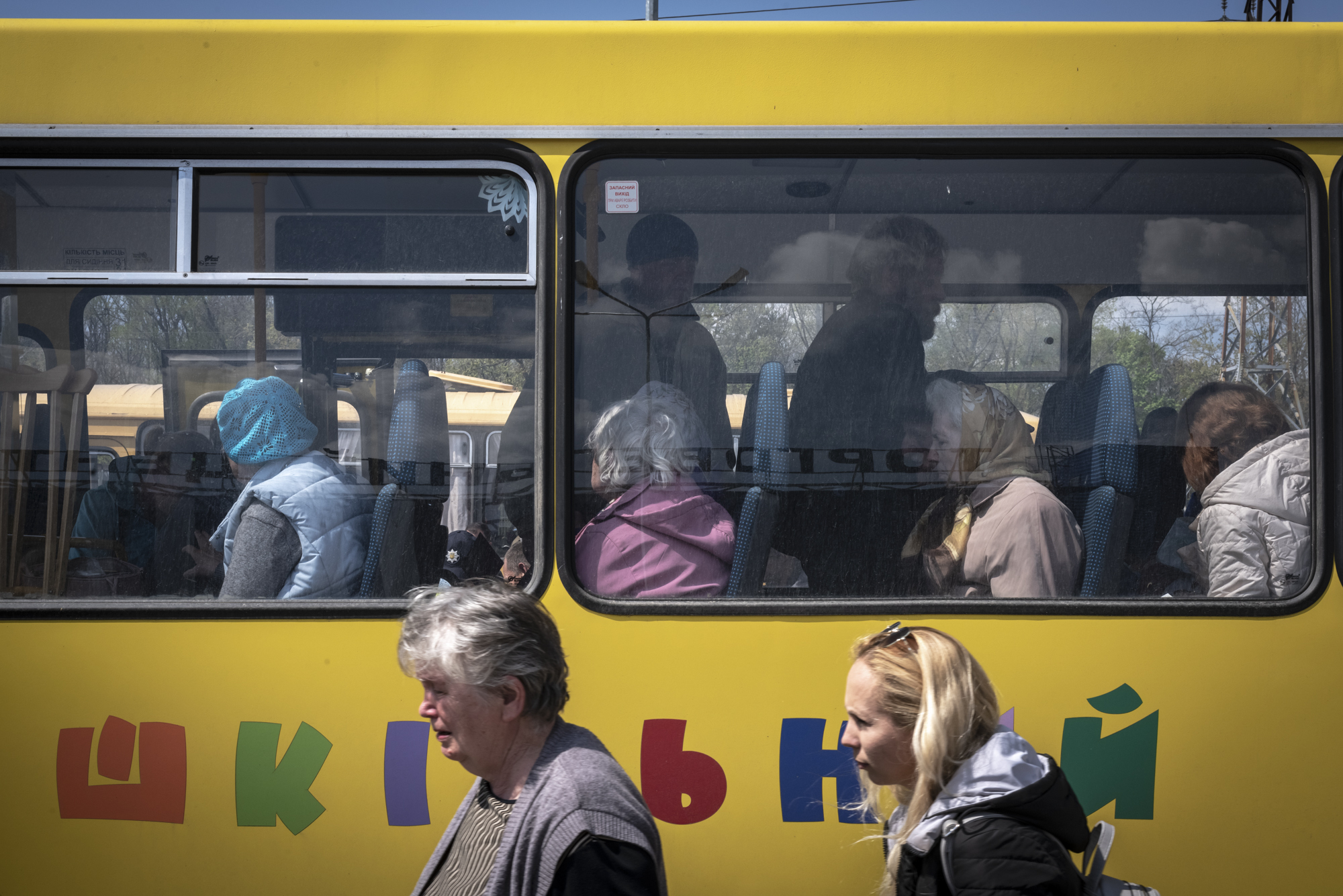They fled their home because of war, fear of persecution, or multiple human rights violations. And increasingly due to climate change that is already testing the reception system born in the heat of the 1951 Geneva Convention on refugees. The UN has put numbers to a situation that it describes as “alarming”: the number of people victims of forced displacement has reached 100 million people in 2022. The equivalent of a large country of dispossessed.
Although the growth of the displaced population has been due in recent years to the crises suffered on the African continent, Ukraine has been the last straw. In 2021, the arrival of the Taliban to power in Afghanistan, together with the instability and war in Ethiopia, Burkina Faso, Nigeria or the Democratic Republic of the Congo have caused the figure to reach 90 million; the eight million people who have fled their homes since last February alone due to the Russian invasion of Ukraine have triggered the trend.
“One hundred million is a devastating, sobering and alarming figure in equal measure. It is a record that should never have been set,” Filippo Grandi, the United Nations High Commissioner for Refugees (UNHCR), lamented on Monday. “This must serve as a wake-up call to resolve and prevent destructive conflict, end persecution and address the underlying causes that force innocent people to flee their homes.”
Not all displaced persons are refugees protected by the 1951 Convention, which defines and grants rights to those who arrive in another country fleeing calamities and in search of protection. There are also the so-called internally displaced people, people forced to leave their homes behind but without crossing borders. This is a more common situation than it seems, and it materializes in phenomena such as the large Syrian refugee camps located next to the sealed Turkish border.
The latest report from the Internal Displacement Monitoring Center (IDMC) counts 59.1 million internally displaced persons worldwide. The dossier has added 38 million new internal displacements in 2021. Of these, 14.4 million were due to conflict and 23.7 million were the result of natural disasters. Of this block, 22.3 million had to do with the weather, that is, with one of the reasons that, according to experts, will cause the migratory crises of the future: floods, extreme temperatures, cyclones or landslides. For example, more than six million were displaced in China, and 4.9 million in India.
On the other hand, the most recent UNHCR calculations indicate that about 73% of refugees end up staying in neighboring countries to the one from which they flee. Turkey (3.7 million), Colombia (1.7 million) and Pakistan (1.4 million) are the countries that currently host the most refugees. UNHCR will present in the middle of next month the details of how the hundred million displaced people in the world have been reached, twice the population of Spain. But, beyond the persistent crises in Syria or Afghanistan, which are creating new diasporas with no return, the reason for the final rebound lies in the sudden movement of millions of Ukrainians in and out of their borders, thanks, in large part, to to the reception and protection policies deployed by European countries.
Shortly after the Russian attack began, the 27 activated the Temporary Protection Directive for those fleeing from Ukraine, something that, despite the demands of numerous NGOs, they had not put in place during the 2016 crisis, when refugees were fleeing mainly from Syria. The European Asylum Agency announced late last month that 2.3 million refugees had registered for such protection, which guarantees them residence and work in the EU for a period of one to three years.
“The international response to people fleeing the war in Ukraine has been overwhelmingly positive,” Filippo Grandi acknowledged during the announcement of the fatal figure. “Compassion is alive and we need a similar mobilization for all crises around the world. But, in the end, humanitarian aid is a palliative, not a cure,” he warned. “To reverse this trend, the only answer is peace and stability, so that the innocent are not forced to gamble between hunger at home and the precariousness of flight and exile.”
Conforms to The Trust Project criteria
















